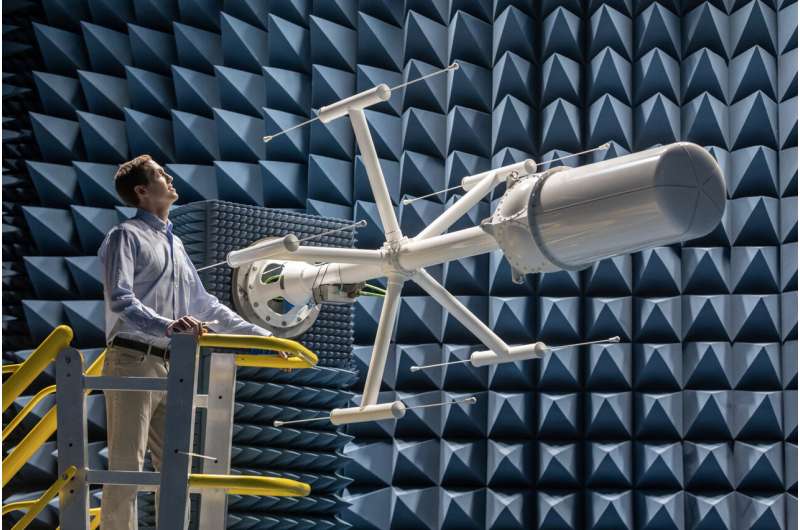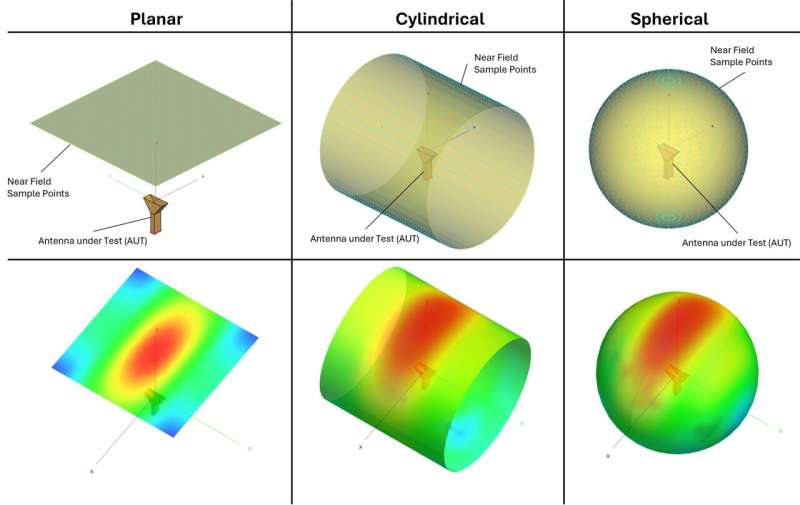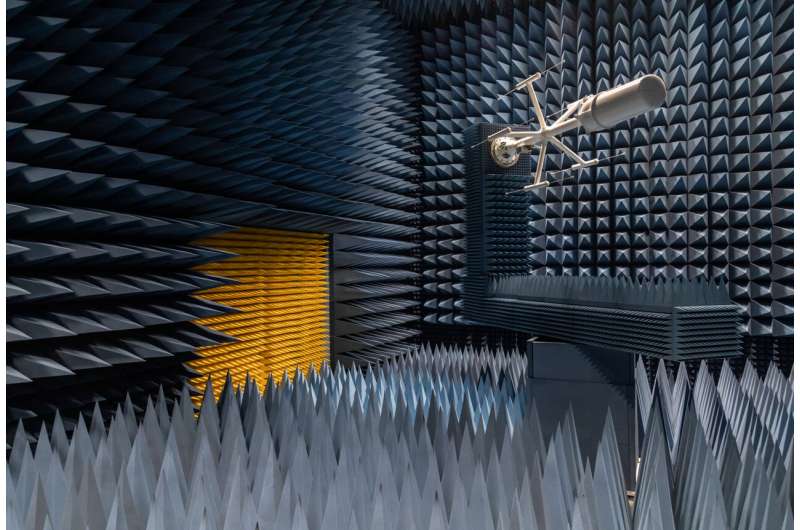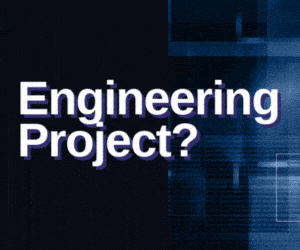With capabilities to test large antennas and support future 5G millimeter-wave systems, the facility eliminates outdoor range limitations, offering faster, more versatile, and regulation-free testing for defense and commercial applications.

In a significant upgrade to its antenna testing infrastructure, Southwest Research Institute (SwRI) has launched a cutting-edge spherical near-field antenna range, significantly enhancing its capability to deliver comprehensive antenna evaluations. The new 1,260-square-foot indoor facility is lined with advanced RF and microwave foam absorbers and enables accurate near-field sampling, which can be computationally transformed into far-field data—offering a complete electromagnetic profile of the antenna under test.

Unlike conventional planar or cylindrical approaches, spherical near-field measurement provides full 3D radiation pattern data, making it the most flexible and exhaustive method for characterizing any antenna type.Antennas are the critical interface for systems ranging from Wi-Fi, cellular, and satellite networks to radar and navigation. Thorough testing is essential to ensure they meet performance specifications and regulatory standards. SwRI’s new range eliminates several traditional testing limitations.

The new spherical near-field range eliminates the need for long-distance outdoor testing by enabling far-field performance to be accurately derived from near-field measurements. It is equipped with a built-in overhead hoist that can handle large antennas up to 10 feet in diameter and weighing as much as 1,000 pounds. Supporting a wide frequency range from 200 MHz to 40 GHz, the facility accommodates commercial, defense, and satellite communication requirements. Continuous-rotation sampling technology ensures faster data collection, while full polarization and angular coverage allow for comprehensive 3D, multi-polarization radiation pattern analysis. The range supports advanced diagnostic capabilities, including fault detection, antenna array performance evaluation, radome system tuning, and reflector surface mapping.Being indoors frees us from FCC outdoor testing constraints like antenna height limits.This gives the flexibility to offer faster, deeper, and more versatile testing services.
The facility will also support millimeter-wave testing for next-gen 5G and beyond. SwRI continues to serve both government and industry clients—including the U.S. Navy, Air Force, Marines, and intelligence agencies—offering end-to-end antenna design, development, and validation. “This setup allows us to capture the entire spatial response of an antenna with unmatched precision,” said Dr. Jimmy Li, lead engineer at SwRI’s Defense and Intelligence Solutions Division.

